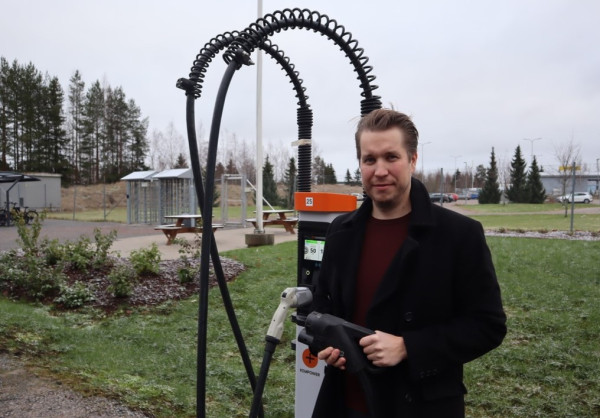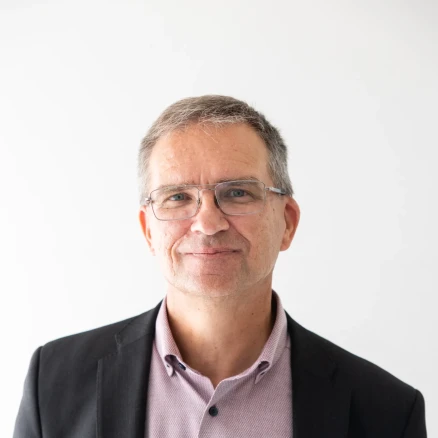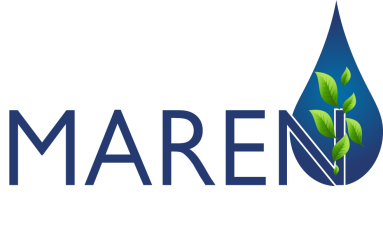Kempower continues to expand – Establishes a new office in the energy capital Vaasa
The Finnish electric vehicle DC fast charging solutions provider Kempower has recently opened a new office and RDI center in the city of Vaasa. Kempower primarily concentrates on the electrification of transportation. In Vaasa, the company’s focus is on the development of DC fast charging solutions especially for heavy transport. In 2020, the company’s revenue was 3 million euros, and already in 2022, the revenue had risen to 104 million euros. In 2023, the revenue is expected to be around 280-310 million euros.
 Jesse Makkonen is a segment owner for the marine & port sector at Kempower
Jesse Makkonen is a segment owner for the marine & port sector at Kempower
The Finnish electric vehicle DC fast charging solutions provider Kempower has recently opened a new office and RDI center in the city of Vaasa. Kempower primarily concentrates on the electrification of transportation. In Vaasa, the company’s focus is on the development of DC fast charging solutions especially for heavy transport. In 2020, the company’s revenue was 3 million euros, and already in 2022, the revenue had risen to 104 million euros. In 2023, the revenue is expected to be around 280-310 million euros.
Vaasa, a city with strong knowledge of the energy industry
While the company originated in Lahti, it has rapidly expanded globally. The Vaasa office will primarily focus on product development, sales, and service. Many may wonder why this big actor on the market has chosen Vaasa to be the new office location. Jesse Makkonen is a segment owner for the marine & port sector at Kempower. For him the choice of city does not come as a surprise.
“Vaasa has a very strong base of expertise in the energy industry and in electrification,” Makkonen explains, and emphasizes further, how this knowledge of the industry is specifically important when the company is looking for opportunities to expand the product development department.
The importance of electrification
Kempower has originally mainly focused on the onshore market; however, the company has in the recent year expanded to the marine market as well. Makkonen explains how there is a big change currently happening on this market regarding the switch to greener solutions. To lead this change forward, electrification is a strong candidate, and with electrification comes the challenge of effective and reliable charging solutions.
“Charging solutions are a very crucial part of the electrification process in the marine sector, and before, the charging systems have always been tailored to each project. This is something we want to change by offering standardized charging solutions, which are products that will tackle the interoperability problem the previous tailored charging solutions created.” Makkonen states.
The Nordic countries’ relevance in the maritime sector
The electrification of ships is a highly relevant topic also in the Nordic countries. Makkonen explains how this market has a big potential especially for the short shipping segments due to the countries’ geographical location and structure. Due to the archipelago in Finland and Sweden, as well as the many fiords in Norway, there is a lot of commercial vessel traffic ongoing in the area between the mainland and the islands.
“This unique situation we have in the Nordic countries means that there are also many vessels which are fully feasible for electrification.” Makkonen says. “Many of the existing vessel fleets in this area are starting to be quite old, thus, it is an excellent chance to push the greener solutions forward to the operators.”
Makkonen is also confident that Finland will be a part of this marine green transition in the Nordics.
“Finland has exceptional know-how of the industry, as well as a deep background in propulsion systems, powertrains, and chargers. We already have some electric vessels operating here, and the first fully electric leisure boats are now also coming to the Finnish market,” Makkonen points out.
The movement towards a greener maritime future is already on going, and the greener solutions have big potential. Makkonen highlights the importance of taking action and utilizing the already existing technological solutions.
“I would like to see the green transition of the maritime sector happening faster than it currently does,” Makkonen states. “It is already happening and we have the technology, now we just need to motivate buyers and operators to start looking into these greener solutions.”
The Maren II project aims to create a Nordic maritime energy program, a joint Nordic strategy, and lastly, a digital platform for cross-industrial open innovation and collaboration in the region. The Maren project is funded by Nordic Innovation.



